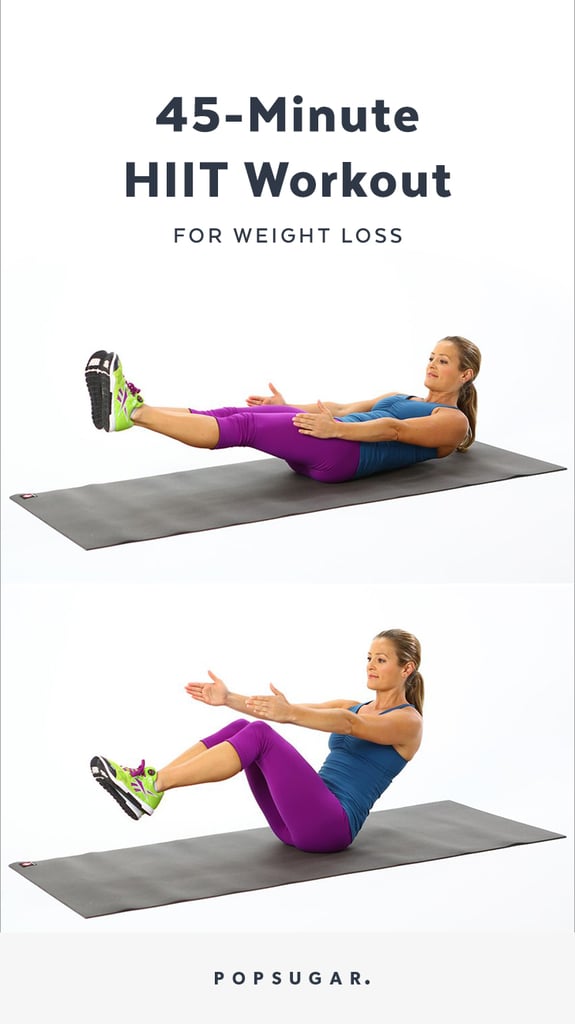

Low-Impact Home Workouts That Burn Caloriesĭid you know that you don’t always need to hit the gym to lose weight? You can do low-impact exercises in the comfort of your own home and still get great results.

So roll up your sleeves (or don’t!) and get ready for an invigorating sweat session at home! Forget about pricey memberships and complicated machines-these bodyweight exercises are simple enough for beginners and effective enough for experienced athletes alike. In this article, we’ll discuss three at-home exercises that can help you reach your weight-loss goals without ever having to set foot in a gym. But what if the thought of going to the gym fills you with dread? While it’s important to prioritize nutrition, exercise is also an essential part of any well-rounded weight-loss routine. From meal-prepping to counting calories, there are a lot of steps involved in the process. Heart disease accounts for one-quarter of deaths in the US, and improving cardiovascular health can reduce your risk for heart disease, making HIIT workouts a great investment.Losing weight is no easy task.

In addition, a 2020 study found that just one HIIT session improved blood flow to the brain, saying "HIIT is an effective time-efficient alternative to long-duration lower-intensity exercise that offers similar vascular benefits." The HIIT group improved their cardiorespiratory capacity, or the ability of their heart and lungs to deliver oxygen to the body, more than the traditional exercise group, and also lost more fat.

And research has found lots of evidence that HIIT workouts can support and even strengthen your circulatory system.įor example, a 2017 study split 26 school children into two groups: one group engaged in HIIT training, and one did a more traditional exercise regimen. Your heart pumps blood through the circulatory system in order to deliver oxygen and nutrients to your muscles. This was measured by tracking levels of irisin, a hormone released by the muscles in response to exercise. Before the HIIT program, the mens' average absolute PPO was 799 watts, and after the workout it was 865 watts, an increase of about 8%.Īdditionally, a 2017 study found that a 12-minute HIIT workout affected the muscles more than a 40-minute aerobic workout for overweight female teens. "This type of training boosts muscular endurance because the muscles don't get much rest," Navaretta says.įor example, a 2017 study found that a six-week HIIT program improved muscle power in men, measured by peak power output (PPO). The intensity will also help build your muscles and improve their ability to keep working out. This allows you to work out different groups of muscle during the same workout - for example, a HIIT workout might have you do squats, push-ups, and burpees - which all target different muscles. Most HIIT workouts involve many different movements. It's common with HIIT workouts because the exercise is so intense, and it has been linked to effective muscle growth. EPOC occurs when your body burns more calories healing the wear and tear from an intense workout. This phenomenon of burning calories after you stop exercising is called excess post-exercise oxygen consumption (EPOC). Nine minutes after the exercises stopped, researchers found that the HIIT group was burning an average of 3 kilocalories per minute, compared with 2.8 kilocalories per minute after the steady-state run. However, you burn more calories after a HIIT workout than you do during a steady-state cardio exercise like running, where your heart rate remains relatively stable.Ī 2019 study confirmed this by having a group of athletes do a HIIT workout and a steady-state run at two different times. While you're doing a HIIT workout, you're burning about the same amount of calories as you would during a typical workout like running.


 0 kommentar(er)
0 kommentar(er)
